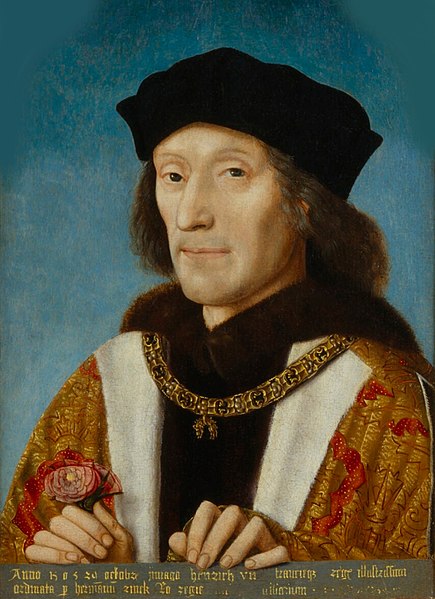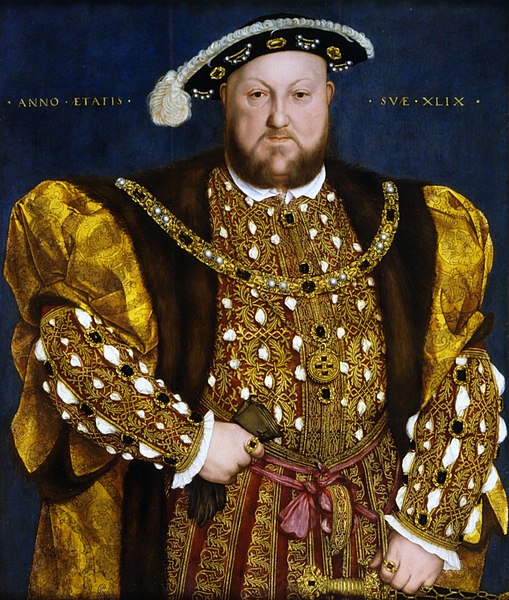In English and British history, poor relief refers to government and ecclesiastical action to relieve poverty. Over the centuries, various authorities have needed to decide whose poverty deserves relief and also who should bear the cost of helping the poor. Alongside ever-changing attitudes towards poverty, many methods have been attempted to answer these questions. Since the early 16th century legislation on poverty enacted by the Parliament of England, poor relief has developed from being little more than a systematic means of punishment into a complex system of government-funded support and protection, especially following the creation in the 1940s of the welfare state.
Woodcut-16th century: gentleman giving alms to beggar
Henry VII of England
Henry VIII of England
Edward VI of England
Vagrancy is the condition of wandering homelessness without regular employment or income. Vagrants usually live in poverty and support themselves by travelling while engaging in begging, scavenging, or petty theft. In Western countries, vagrancy was historically a crime punishable with forced labor, military service, imprisonment, or confinement to dedicated labor houses.
John Everett Millais' The Blind Girl, depicting vagrant musicians
A woodcut from c.1536 depicting a vagrant being punished in the streets in Tudor England
The Pass Room at Bridewell, c. 1808. At this time paupers from outside London apprehended by the authorities could be imprisoned for seven days before being sent back to their own parish.
Caricature of a tramp








